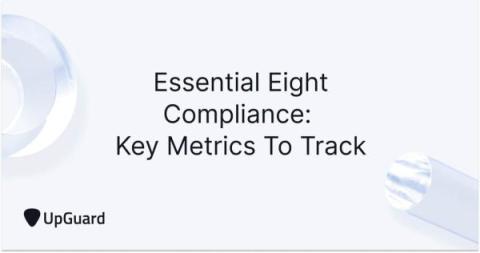How to Resolve SSL Configuration Risks
Transport Layer Security (TLS) provides security for internet communications. TLS is the successor to the now-deprecated Secure Sockets Layer (SSL), but it is common for TLS and SSL to be used as synonyms for the current cryptographic protocols that encrypt digital communications through public key infrastructure (PKI).
























